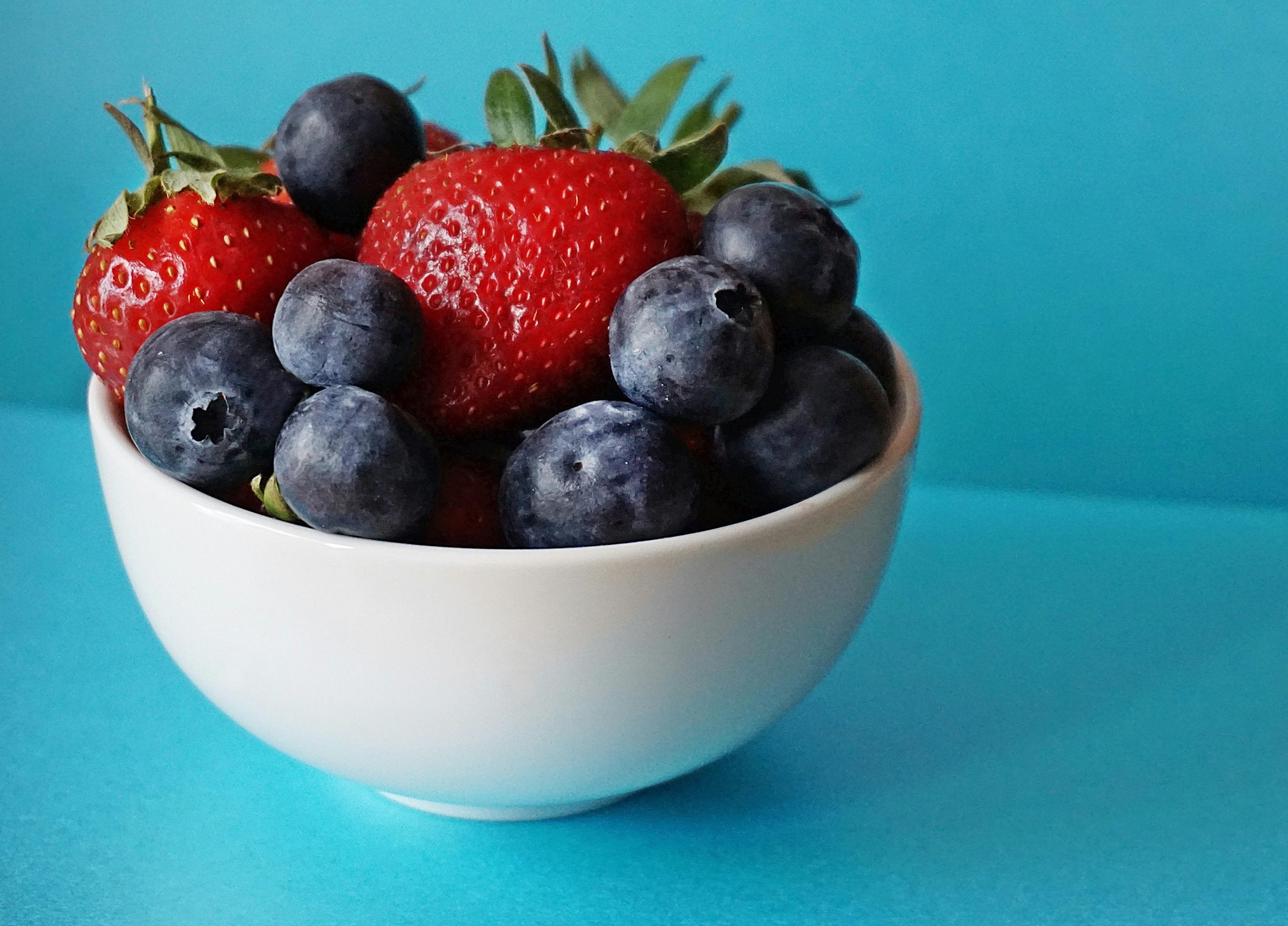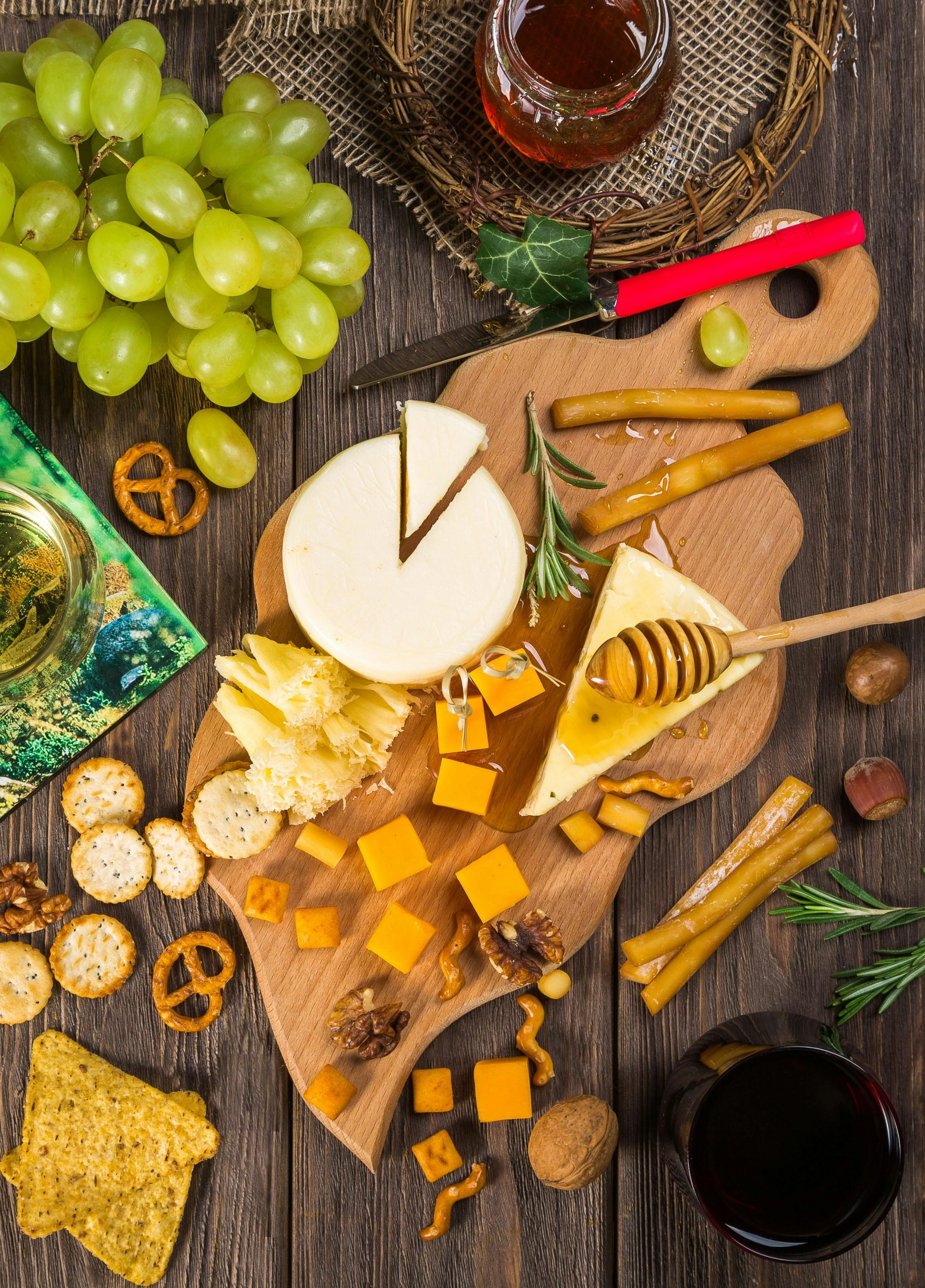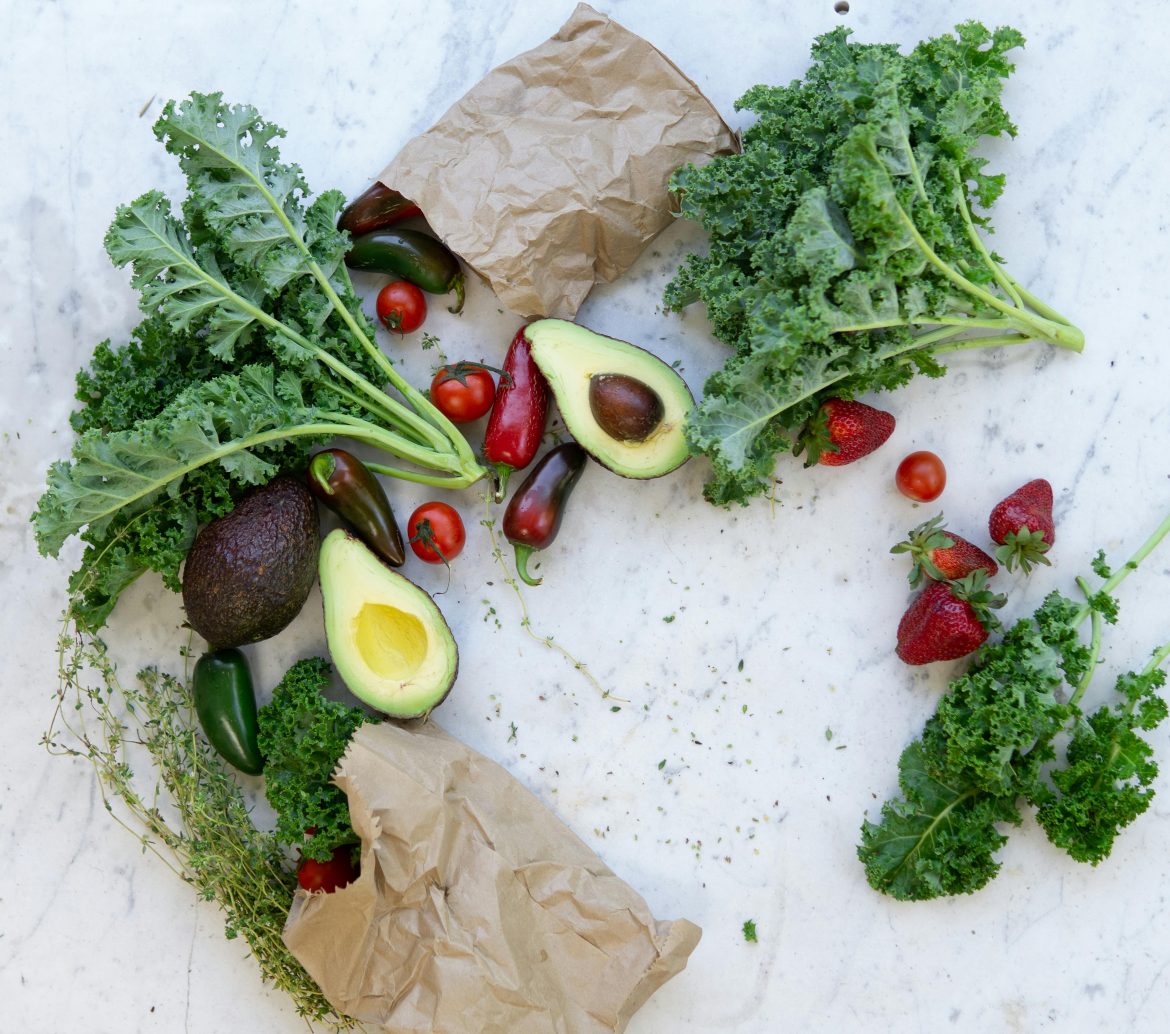If you’re managing diabetes, focusing on nutrient-dense foods that help stabilize blood sugar levels and improve insulin sensitivity is essential.
Here’s a guide on some of the best foods to incorporate into a diabetes-friendly diet:
1. Leafy Greens
- Examples: Spinach, kale, Swiss chard, and arugula.
- Benefits: Packed with vitamins, minerals, and antioxidants, these low-carb veggies support blood sugar stability and provide beneficial fibre.
2. Whole Grains
- Examples: Quinoa, barley, brown rice, oats, and farro.
- Benefits: Unlike refined grains, whole grains have fibre that helps prevent blood sugar spikes and aids digestion. Oats, for example, contain beta-glucan, a type of fibre that helps improve insulin sensitivity.
3. Lean Proteins
- Examples: Chicken, turkey, eggs, fish, tofu, and legumes.
- Benefits: Protein-rich foods have minimal impact on blood glucose and help keep you fuller for longer, which is great for weight management and blood sugar control. Fish high in omega-3 fatty acids, like salmon, are particularly beneficial for heart health.
4. Non-Starchy Vegetables
- Examples: Bell peppers, zucchini, cucumbers, tomatoes, and broccoli.
- Benefits: These are low in carbs and high in fibre, allowing you to fill up without impacting blood sugar levels significantly.
5. Berries
- Examples: Blueberries, strawberries, raspberries, and blackberries.
- Benefits: Berries are low on the glycaemic index (GI) and provide antioxidants, vitamins, and fibre. They make a great snack or addition to meals without spiking blood sugar levels.

Image credit: Pexels
6. Nuts and Seeds
- Examples: Almonds, walnuts, chia seeds, flaxseeds, and pumpkin seeds.
- Benefits: These are rich in healthy fats, protein, and fibre, which slow down glucose absorption. Chia seeds, for instance, are high in omega-3s and can even lower blood sugar when eaten regularly.
7. Greek Yogurt
- Benefits: Unsweetened Greek yogurt is higher in protein and lower in carbs than regular yogurt, making it a blood sugar-friendly option. Its probiotics may also benefit gut health, which is important for managing diabetes.
8. Avocado
- Benefits: This low-carb, high-fibre fruit is rich in healthy monounsaturated fats, which can improve insulin sensitivity. It’s great for satiety and can help reduce the impact of carbs on blood sugar levels when added to meals.
9. Beans and Lentils
- Examples: Chickpeas, black beans, kidney beans, and lentils.
- Benefits: These are low-GI, high-fibre foods that provide protein and help stabilize blood sugar. They’re versatile and can be included in soups, salads, or as sides.
10. Sweet Potatoes
- Benefits: Sweet potatoes have a lower GI than regular potatoes and are rich in fibre, vitamins, and minerals. When eaten in moderation, they can provide energy without causing blood sugar spikes.
11. Healthy Fats
- Examples: Olive oil, coconut oil, and fatty fish like salmon or sardines.
- Benefits: Healthy fats help slow digestion and prevent sharp rises in blood sugar. They’re essential for heart health, especially in diabetes management.
12. Cinnamon and Other Spices
- Benefits: Certain spices, like cinnamon, have been shown to help improve insulin sensitivity and reduce blood sugar levels. Add them to meals as flavourful, health-boosting ingredients.
As much as it is important to be mindful of foods that you can eat, it’s important to know what you should avoid in order to prevent blood sugar spikes and potentially worsen insulin resistance.
Here are some foods typically recommended to avoid or limit when diabetic:
1. Sugary Beverages
- Examples: Cooldrink, fruit punch, sweetened iced teas, and energy drinks.
- Why: These are high in sugar and offer little to no nutritional value, causing rapid blood sugar spikes. Opt for water, unsweetened tea, or sparkling water.
2. Refined Carbs and White Bread
- Examples: White bread, white rice, pasta, pastries.
- Why: These are processed and lack fibre, which helps slow sugar absorption. Whole grains or alternatives like cauliflower rice and zucchini noodles are better choices.
3. Fried Foods
- Examples: French fries, fried chicken, and doughnuts.
- Why: They’re often high in unhealthy fats and can lead to inflammation, insulin resistance, and weight gain, which complicate diabetes management.
4. Sugary Snacks and Desserts
- Examples: Sweets, cakes, cookies, and ice cream.
- Why: Loaded with added sugars and refined carbs, they can quickly elevate blood sugar. Dark chocolate or fruit with nut butter can be healthier treats, in moderation.
5. Full-Fat Dairy
- Examples: Dairy milk, full-fat yogurt, and high-fat cheese.
- Why: Full-fat dairy products contain saturated fats, which can increase insulin resistance over time. Opt for low-fat or unsweetened plant-based dairy alternatives.

Image credit: Pexels
6. High-Carb, Processed Foods
- Examples: Packaged snacks like chips, crackers, and microwaveable meals.
- Why: These are usually high in sodium, unhealthy fats, and refined carbs. Opt for fresh or homemade snacks, like nuts, veggies, or boiled eggs.
7. Dried Fruit and Fruit Juices
- Examples: Raisins, dried mango, and apple juice.
- Why: Even though they contain natural sugars, they’re concentrated and can raise blood sugar significantly. Whole fruits, especially berries, are a better option.
8. Sweetened Breakfast Cereals
- Examples: Sugary cereals, granola with added sugars.
- Why: Many breakfast cereals are highly processed and packed with sugars and refined grains. Steel-cut oats or whole-grain cereals are better for stabilizing blood sugar.
9. Alcoholic Beverages (with mixers)
- Examples: Beer, sweet cocktails, and sugary mixers.
- Why: Alcohol can interfere with blood sugar management, especially when combined with sugary mixers. Moderate drinking is generally recommended, and avoiding sugary cocktails can help manage blood sugar levels.
10. Condiments and Sauces with Added Sugars
- Examples: Tomato sauce, BBQ sauce, teriyaki sauce.
- Why: Many condiments contain added sugars that may elevate blood sugar levels. Use spices, herbs, or make your own low-sugar sauces to add flavour.
ALSO SEE:
Feature image: Pexels

